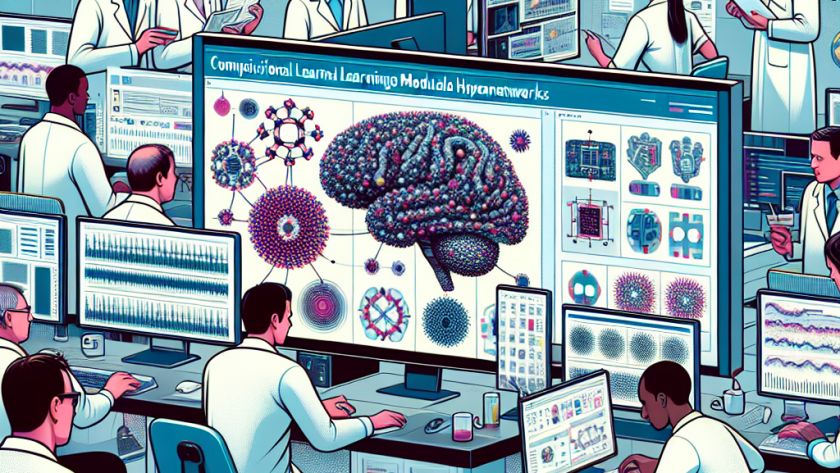Researchers from the City University of Hong Kong and Huawei Noah's Ark Lab have developed an innovative recommender system that takes advantage of Large Language Models (LLMs) like ChatGPT and Claude. The model, dubbed UniLLMRec, leverages the inherent zero-shot learning capabilities of LLMs, eliminating the need for traditional training and fine-tuning. Consequently, it offers an…












